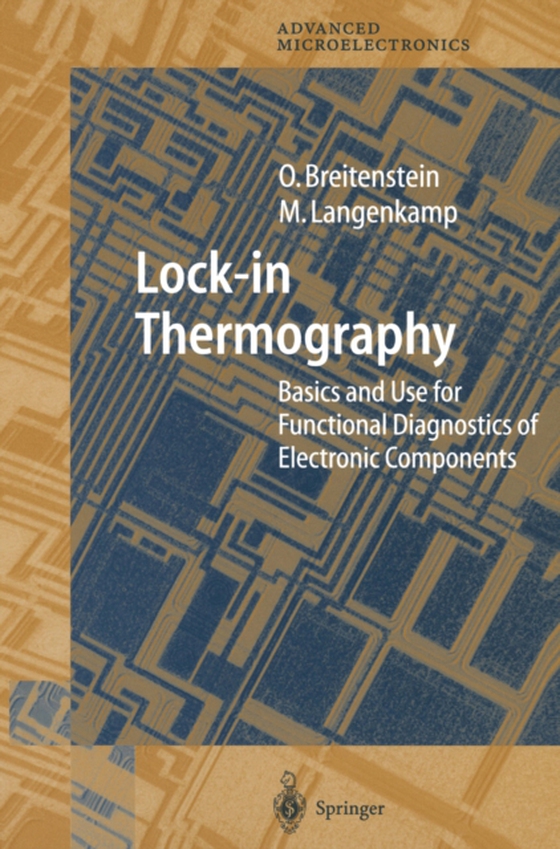
Lock-in Thermography e-bog
692,63 DKK
(inkl. moms 865,79 DKK)
Although the first publication on lock-in thermography appeared in 1988 con- cerning electronic device testing, this technique only became popular in the 1990s in connection with the nondestructive testing of materials (NDT, espe- cially photothermal and thermoelastic investigations). In the early 1990s our group at the Max Planck Institute of Microstructure Physics in Halle had the task to ima...
E-bog
692,63 DKK
Forlag
Springer
Udgivet
9 marts 2013
Genrer
PDD
Sprog
English
Format
pdf
Beskyttelse
LCP
ISBN
9783662083963
Although the first publication on lock-in thermography appeared in 1988 con- cerning electronic device testing, this technique only became popular in the 1990s in connection with the nondestructive testing of materials (NDT, espe- cially photothermal and thermoelastic investigations). In the early 1990s our group at the Max Planck Institute of Microstructure Physics in Halle had the task to image small leakage currents in silicon solar cells. We soon realized that neither conventional (steady-state) thermography nor the only avail- able lock-in thermography system of that time was sensitive enough to image the tiny temperature differences caused by these leakage currents. Therefore we developed the "e;Dynamic Precision Contact Thermography"e; technique (DPCT), which was the first lock-in thermography system having a detection limit below 100 J. . LK. However, this system turned out to be too impractica- ble for general use, since it worked in a mechanical contacting mode, and its measurement time was necessarily many hours. With the availability of highly sensitive focal plane array thermocameras at the end of the 1990s, the way was opened to construct highly sensitive IR-based lock-in thermogra- phy systems. This was done independently by groups working in NDT and by us working in electronic device testing, whereby the different demands in the different fields lead to partly different approaches in the realization. For photothermal investigations a low lock-in frequency is usually used in order to see sub-surface details, and for thermoelastic investigations the thermo- camera cannot usually be synchronized to the temperature modulation.
 Dansk
Dansk

